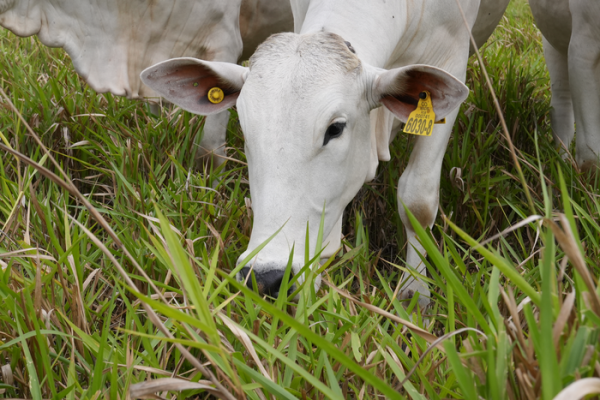Scientists in Colombia show that well managed pasture can store more soil carbon while reducing nitrous oxide (N2O) emissions to offset the climate impact of livestock.
An improved variety of grass combined with a rotational grazing system can boost levels of soil carbon on tropical savannas by 15 per cent compared to degraded pasture, a new study performed by the Alliance of Bioversity International and the International Center for Tropical Agriculture (CIAT), the University of Stuttgart, and the World Bank has found.
Scientists tested Urochloa humidicola, or Koronivia grass, on an 8,000-hectare cattle ranch in Vichada, Colombia, and found soil carbon stocks 15 per cent above the control grassland, which itself had 40 per cent higher carbon stocks than the default value provided by the IPCC.
Read more at: The Alliance of Boiversity International and the International Center for Tropical Agriculture
Scientists tested Urochloa humidicola on an 8,000-hectare cattle ranch in Vichada, Colombia, and found soil carbon stocks 15 per cent above the control grassland. (Photo Credit: Hacienda San José)


